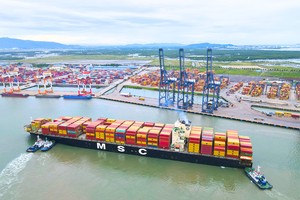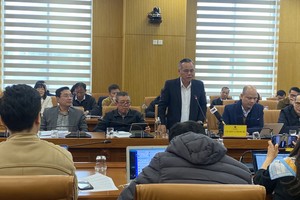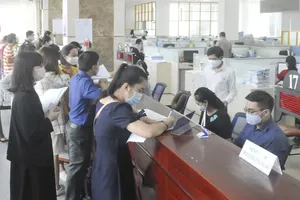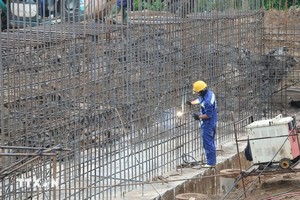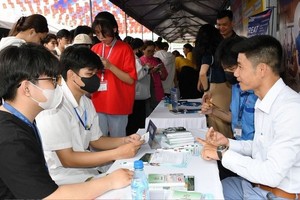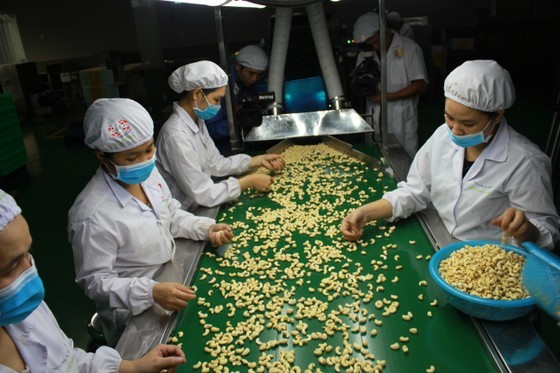 |
| From the end of 2023, cashew nut exports are expected to reach more than US$3 billion. |
On the afternoon of July 26, the Vietnam Cashew Association (VINACAS) held a conference to assess the performance of the first half of 2023 to overcome challenges and boost exports, with the ambitious target of reaching US$3.05 billion in exports by the year's end.
Based on data from the Ministry of Agriculture and Rural Development, the total area under cashew cultivation in 2023 was approximately 320,000 hectares, showing a decrease of 2,300 hectares compared to 2022. Despite this, the production output of cashews reached 345,000 tons, indicating an increase of 3,300 tons compared to the previous year.
On the other hand, businesses imported around 1.44 million tons of raw cashew nuts. During the first six months of the year, the cashew industry exported over 279,000 tons of processed cashews, generating approximately $1.6 billion in export revenue, up 9.49 percent in volume and 7.65 percent in value compared to the previous year.
At present, businesses are confronting the issue of extended warehousing, leading to potential degradation in the quality of raw materials upon delivery to buyers. Furthermore, processing companies are experiencing less pressure to procure and stockpile raw materials compared to previous years due to their ample inventory, which is expected to meet production requirements until the end of the fourth quarter this year and the first quarter of 2024.
On the other hand, cashew prices are highly competitive in comparison with other nut varieties, and due to the plentiful supply, retailers are actively launching diverse marketing and promotional campaigns to boost consumer demand.
The outlook until the end of the year suggests that, in a "favorable" scenario, businesses with stocked goods will possibly boost demand and expedite consumption, leading to decreased inventory levels in significant consumer markets, such as the US and Europe. As a result, this will help stabilize prices and maintain the quality of exported products. However, rising input costs and the ongoing decline in cashew shell prices may prompt processing companies to adjust their selling prices to avoid losses.
Furthermore, there are two possible scenarios: firstly, if the cashew harvest in East Africa and Indonesia faces unfavorable conditions, the prices of raw cashews will rise towards the end of the year. On the other hand, if the cashew harvest in East Africa and Indonesia is favorable, the supply of raw cashews to the market will continue to increase, resulting in a further decline in raw cashew prices.
Mr. Pham Van Cong, Chairman of VINACAS, has proposed that the Plant Protection Department under the Ministry of Agriculture and Rural Development provide support in resolving issues related to electronic phytosanitary certificates from the Ivory Coast and other countries. Additionally, he suggested increasing personnel to assist businesses with the sampling and inspection process at warehouses on both regular days and weekends, aiming to expedite cargo clearance at ports. Moreover, relevant ministries and agencies should enhance the dissemination of market information, customer insights, consumer trends, and potential trade risks in foreign markets to aid cashew businesses when unforeseen challenges arise.
